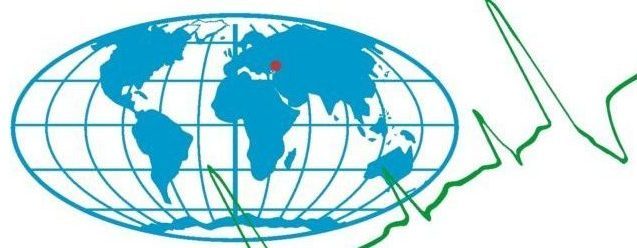V.E. Dreyzin, Al Kadhimi Ali Noori Mohammed, V.E. Bondyrev
South-West State University, RF, Kursk, St. 50 let Oktyabrya, 94
E-mail: drejzin-ve@yandex.ru
DOI: 10.33075/2220-5861-2021-2-54-65
UDC 621.374.44: 629.7.051
Abstract:
In this paper, we propose a sensor for the density and composition of the upper atmosphere (ionosphere), designed for installation on nanosatellites. The relevance and existing problems of direct instrumental studies of the ionosphere at altitudes of 150-500 km are shown. Of the existing types of vacuum meters, the most suitable for autonomous operation at these altitudes are ionization vacuum meters with inverse magnetron primary converters with a cold cathode. However, the existing industrial types of such vacuum meters are unsuitable for operation in the ionosphere due to high concentration of charged particles in the air, resulting in large distortions of the readings. In addition, they have large weight and size characteristics and energy consumption, which exclude the possibility of their installation on nanosatellites.
To solve these problems, a mathematical model of the electrophysical processes, occurring in the core of such a converter, was developed which significantly reduced its weight and size characteristics and energy consumption. And to eliminate the influence of charged particles, it is equipped with an electron-ion trap, which additionally made it possible to measure the concentration of electrons and ions in the environment.
The design of such a combined converter is described, and calculations of the electric and magnetic fields in the core of the vacuum gauge converter and the electric fields in the interelectrode space of the trap are performed. A method for calculating the current values of such a combined converter has been developed, which makes it possible to estimate the required measurement ranges of the sensor measuring channels. The results obtained allow us to proceed with its experimental design.
Keywords: ionosphere, density, ion composition, sensor, design, modelling, characteristics.
To quote: Dreyzin, V.E., Mohammed Al Kadhimi Ali Noori, and V.E. Bondyrev. “Ionosphere Monitoring Sensor, Placed on Nanosatellites.” Monitoring Systems of Environment no. 2 (June 24, 2021): 54–65. doi:10.33075/2220-5861-2021-2-54-65.
REFERENCES
- Panasyuka M.I. and Novikova L.S. Model kosmosa (Space model). Nauchno-informatsionnoe izdanie. Vol. 1: Fizicheskie usloviya v kosmicheskom prostranstve. Moscow: KDU, 2007. 872 p.
- Entsiklopediya kosmosa STARBOOLS. Nauchnyie stati. Rezhim dostupa: http://www.starbolls.narod.ru/index.files/25n.htm (data obrascheniya: 12.05.2018).
- GOST 25645.115 – 84. Atmosfera Zemli verhnyaya. Model plotnosti dlya ballisticheskogo obespecheniya polYotov iskusstvennyih sputnikov Zemli (The Earth’s atmosphere is upper. Density model for ballistic support of flights of artificial earth satellites). Moscow: Izd-vo standartov, 1984.
- Dreyzin V.E. and Al Kadimi Ali Nuri Mohammed. Perspektivyi issledovaniya plotnosti i so-stava verhnih sloYov atmosferyi s pomoschyu malyih kosmicheskih apparatov (Prospects for studying the density and composition of the upper atmosphere using small spacecraft). Innovatsionnyie informatsionnyie i kommunikatsionnyie tehnologii (Innovative information and communication technologies) collection of works of the XV International Scientific and Practical Conference, 2018, pp. 289–293.
- Protasov Yu.S. and Chuvashev S.N. Fizicheskaya elektronika gazorazryadnyih ustroystv. Plazmennaya elektronika (Physical electronics of gas-discharge devices. Plasma electronics). Moscow: Vyisshaya shkola, 1993. 734 p.
![]()
